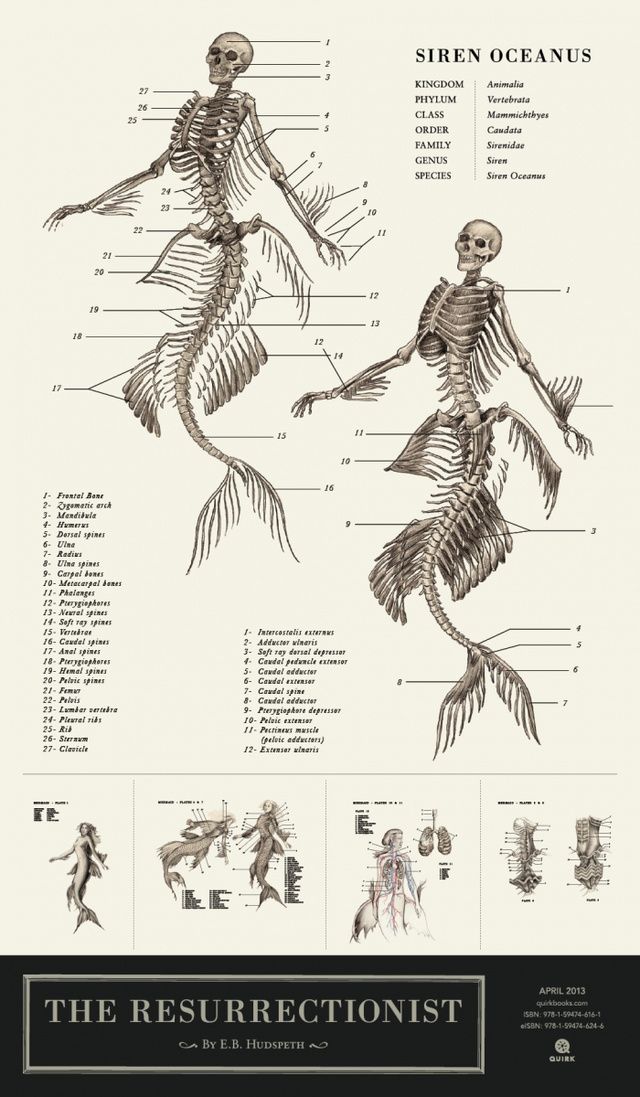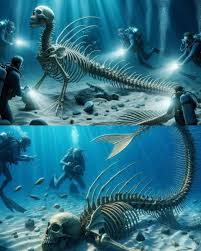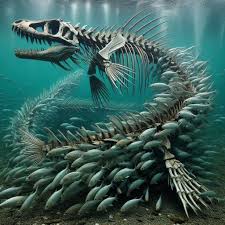The Fictional Discovery of a Mermaid Skeleton
The sensationalized story of divers finding a fully intact mermaid skeleton is a fictional narrative that has no basis in scientific or archaeological reality. Mermaids are mythological creatures, and despite countless tales and legends spanning across cultures and centuries, there has never been a single piece of credible evidence—fossilized, skeletal, or otherwise—to prove their existence.

The origins of mermaid sightings often stem from the misidentification of real marine animals. Christopher Columbus, for example, famously reported seeing mermaids on his voyages, which are now widely believed to have been manatees or dugongs. These large, gentle marine mammals, with their humanoid eyes and a single fluke-like tail, could easily be mistaken for a mythical creature by a sailor on a long voyage. Their skeletons, however, are unequivocally those of mammals and bear no anatomical resemblance to the half-human, half-fish form of a mermaid.

Mermaid hoaxes have also been a common feature of sensational entertainment and folklore for centuries. One of the most famous examples is the “Fiji mermaid,” exhibited by P.T. Barnum in the 19th century. This grotesque “mermaid” was actually a gruesome object constructed from the torso and head of a monkey sewn onto the back half of a fish. Recently, a similar mummified “mermaid” in a Japanese temple was analyzed and found to be a concoction of cloth, paper, cotton, and parts from various animals. The idea of a fully intact mermaid skeleton is a compelling piece of folklore, but it remains just that—a myth.
